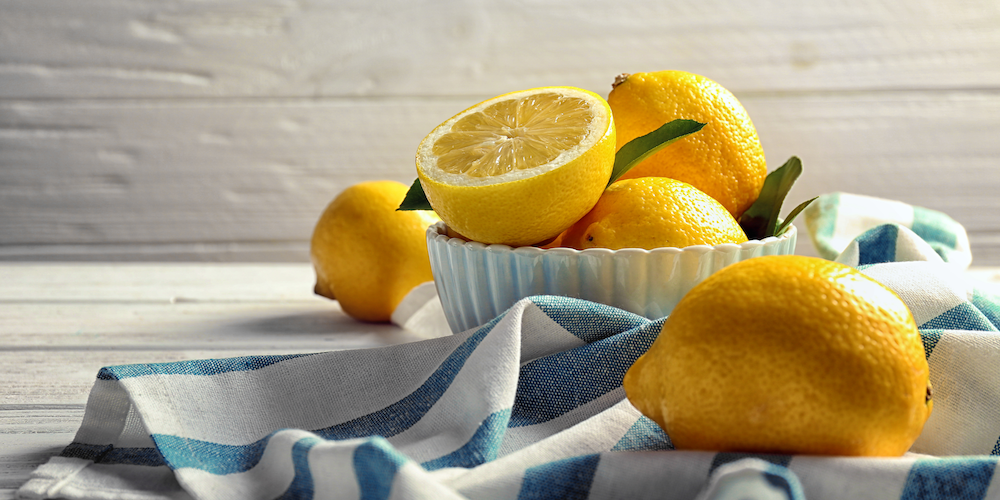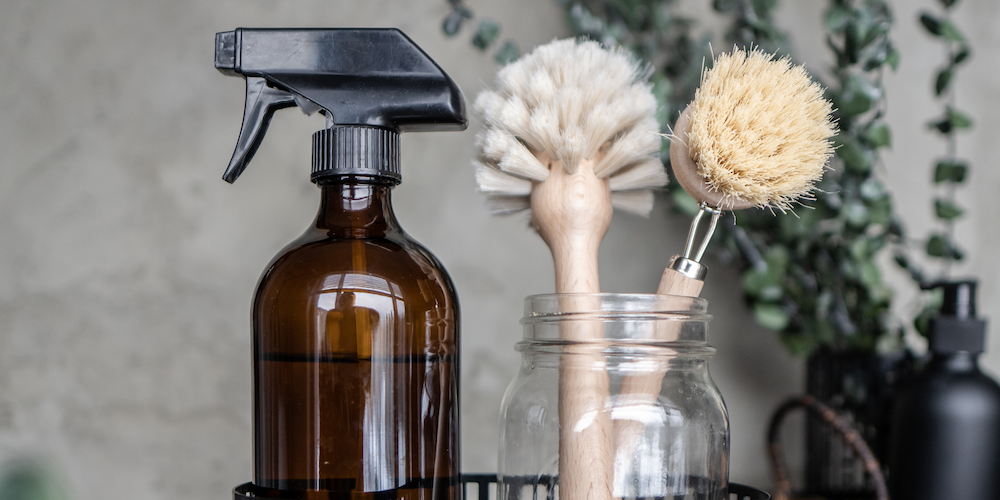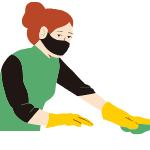An essential part of being a fair employer is ensuring that your home is a safe and healthy place to work— and that includes ridding the environment of toxic cleaning materials. What’s more, transitioning to non-toxic cleaning materials will benefit not only the employees in your home, but you and your family as well.

Why should I use non-toxic cleaning materials?
Government regulations (or lack thereof) for cleaning products allow companies to include toxic chemicals that can adversely impact our health, leading to short and long-term illness, including cancer. While it is impossible to protect ourselves from all the toxins in our environment, moving to non-toxic cleaning products is a tangible step that we take to make our homes safe places to live and work.
What if the housecleaner I employ does not want to use non-toxic cleaning products?
We understand it can be challenging to ask workers to switch to non-toxic cleaning products if they are accustomed to using others. Below are some tips to guide you when approaching the topic.
Be prepared to compromise
- Set goals for the conversation. Is your goal to simply replace one cleaning product with a non-toxic alternative or would you like to make a more comprehensive transition?
- Some non-toxic cleaning products may work “less effectively” and take more time to clean with. Acknowledge this in your conversation and be prepared to pay more for the extra time it may take for the worker to do the same job.
- Many non-toxic cleaning products cost more than conventional cleaning products. Make sure you budget for the additional cost.
Express your concern, and make space for them to express theirs
- Start from a place of concern about the health of your household and that of your employee. Be clear about why it is important to eliminate toxic products from your home, and be prepared to share information in case the employee isn’t aware of adverse health impacts of many standard cleaning products.
- Recognize the worker’s expertise and invite them to problem solve together. They likely have been doing this work for many years and have developed their techniques and chosen cleaning products based upon training or experience. Rather than tell them what products you would like to switch to, ask their opinion about non-toxic products that they would like to try.
- Make space for the worker to voice concerns and be prepared to make adjustments. Be sure to listen carefully and seek common ground so that you can get to an agreement that feels satisfying and fair to the both of you.
Check in about it
- Schedule regular check-ins. This is just one conversation and so you may not get to an agreement right away that is satisfactory to the both of you. Make a schedule to check-in regularly (on paid time) to assess your progress together.
Add the decision around non-toxic cleaning to your work agreement
Once you establish a practice with the worker in your home about non-toxic cleaning, add the details to your written work agreement. Don’t have a written work agreement yet? See Hand in Hand’s sample work agreements.
Additional Resources on Non-Toxic and Healthy Living
If you are looking for more information about exposure to toxins or general healthy living check out Hand in Hand’s 2019 interview with Anna Reade, staff scientist at the Natural Resources Defense Council (NRDC). Additionally, The Environmental Working Group and the San Francisco Department of the Environment both have excellent information on their websites.
Some makers of non-toxic cleaning products:
- Dr Bronners
- The Honest Company
- AspenClean
- Check out the Environmental Working Group’s Green Cleaning Product List!
Make your own non-toxic products:
- Green Cleaning Tip Guide from the National Domestic Workers Alliance
- On How to Make Your Own Cleaning Products by SF Environment




